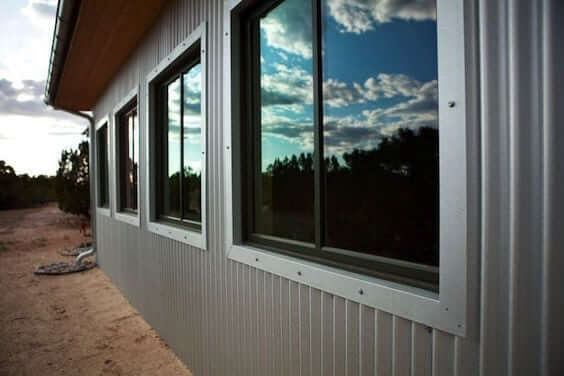
How Climate Change Affects the Way We Approach Building Homes
Although it’s been in the forefront of scientific discussion for decades, it seems only until very recently that the media and the public at large have seriously begun a discussion about climate change.
Riding on the coat tails of the Intergovernmental Panel on Climate Change (IPCC) Fifth Assessment Report this year, the U.S. Government released its own study, recently, drawing acute attention to the problem of climate change as a real and present threat to our health, comfort, food and water security, and national security.
All of this, based on decades of scientific study from around the world, and the actual measured data of rising average temperatures, increasing severity of droughts, wildfires and increasing intensity of storms, leads us to the question…what is next?
Climate Change Unlike Anything Experienced on Earth:
The evidence is clear. Human activity is the largest contributor to a rapidly changing climate. It’s not that the Earth has never experienced climate change before. In fact, the Earth’s climate is constantly changing, and fluctuations in greenhouse gases in the Earth’s atmosphere have occurred repeatedly throughout the eons.
However, what makes this time unique and unprecedented is that one species (that’s us) has developed itself and its society to a point never before seen on Earth. One species has now harnessed sources of ancient energy (in the form of carbon rich coal, oil and gas) to fuel its own expansion and fruition upon the earth.
And to such an extent that all other species, and the climate stability that allowed that diversity of species to evolve, are now faced with a rate of change not known in recent geological history.
Climate Change, Construction & Real Estate:
What does this fact have to do with buildings and real estate? Everything, actually.
When looking at the data, we are faced with the fact that buildings (including our homes) account for the single largest source of greenhouse gas emissions. That is to say, buildings are where we consume the largest amount of energy across our economy. Heating, cooling, lighting, charging, washing, pumping, watching, refrigerating… more energy consumed in our buildings than in transportation, agriculture or industry, respectively.
At the same time, the building sector also provides the largest source of low cost and easily attainable reductions in energy consumption and thus greenhouse gas emissions. In many cases the climate friendly options in our homes are those options that also save us money.
The use of high efficiency boilers for heating, LED lighting, ENERGY STAR appliances, all save us money over the long term, and reduce energy consumption. Reduced energy consumption at home means less fossil fuel combustion at the power plant, and less impact on climate.
Unlike climate change mitigation strategies in other sectors, high performance building options are off the shelf ready, no need for advanced futuristic solutions. Whether via retrofit or by way of new construction, high performance homes have dramatic impact on the long term outlook for climate change. High performance building techniques are the ‘low hanging fruit’ of climate change mitigation.



